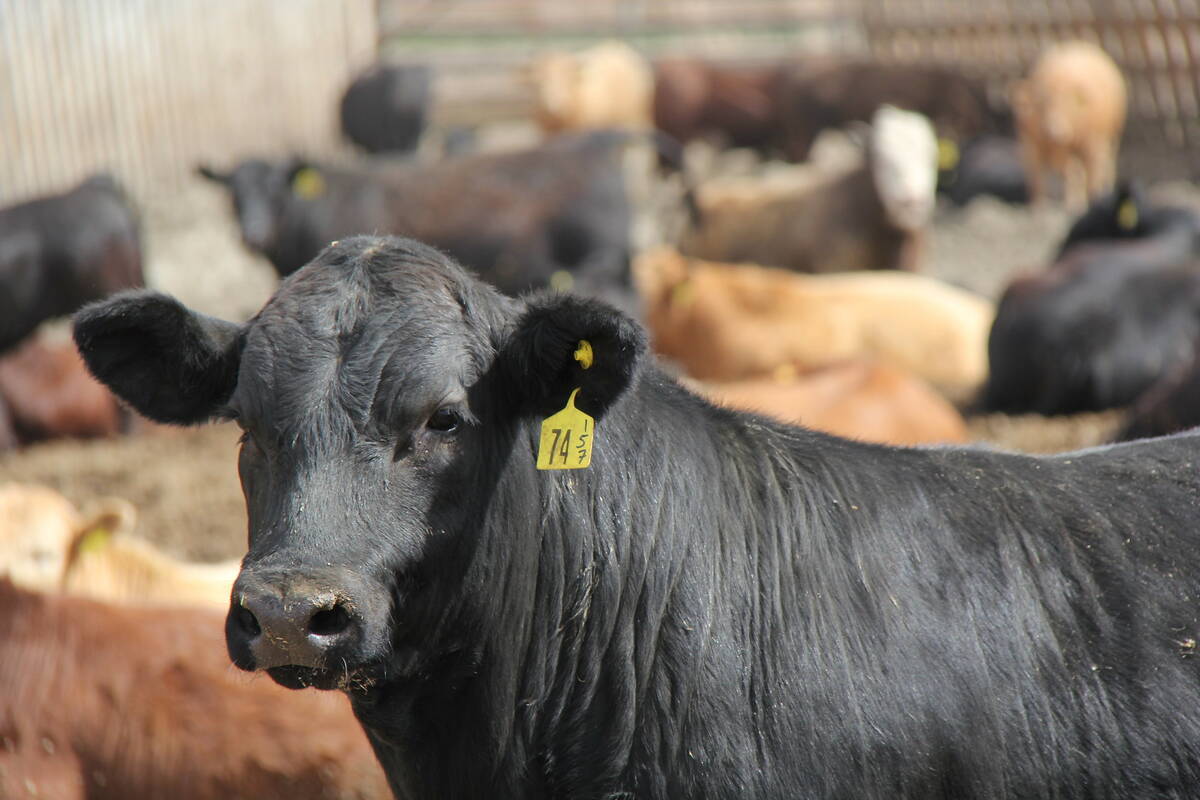CNS Canada — The ICE Futures Canada canola market was up sharply during the week ended Wednesday, following a rally in outside oilseed futures.
Chicago soyoil futures led the way higher for oilseeds during the week, with some rumours of fresh export demand for U.S. soyoil floating around.
Canola traders, however, are likely to shift their focus away from outside oilseed markets and could even cease trading in tandem with the Chicago soy complex, because the fundamental situation for both crops is vastly different.
Read Also

Klassen: Cash feeder market divorces from futures market
For the week ending October 11, Western Canadian yearling markets traded $8/cwt higher to $5/cwt lower compared to seven days…
“With the canola carryout being historically tight for 2015-16 and the soybean market being relatively burdensome, canola will divorce from the bean complex,” said Jerry Klassen, manager for Swiss-based GAP Grains and Products in Winnipeg.
Traders are likely to focus mainly on weather conditions for Canada’s upcoming canola crop over the next few months.
“I think what you’re going to see is canola will be extremely sensitive to weather and weather forecasts, and the canola market has potential to incorporate a risk premium due to the uncertainty in production,” he said.
Traders are worried about tight supplies of canola due to smaller than expected stocks in Statistics Canada’s latest report, and due to estimates calling for lower acreage in 2015-16.
StatsCan on Wednesday released its report on stocks as of March 31, pegging canola supplies at seven million tonnes — a few hundred thousand tonnes below expectations.
“I think what this does is it puts more stress on the upcoming crop. The canola market cannot afford to have adverse yields because the carryout is going to be tighter than what we anticipated earlier,” Klassen said.
One of the main reasons for smaller stocks of canola was a large increase in feed, waste and dockage, he said, adding that it could cause traders to reduce their ending stocks estimates by up 200,000 to 300,000 tonnes for the 2014-15 crop year.
The tight old-crop stock situation won’t necessarily be supportive for old-crop ICE Futures Canada canola futures, he added, as demand for the next few months has already been factored into the market.
— Terryn Shiells writes for Commodity News Service Canada, a Winnipeg company specializing in grain and commodity market reporting.















